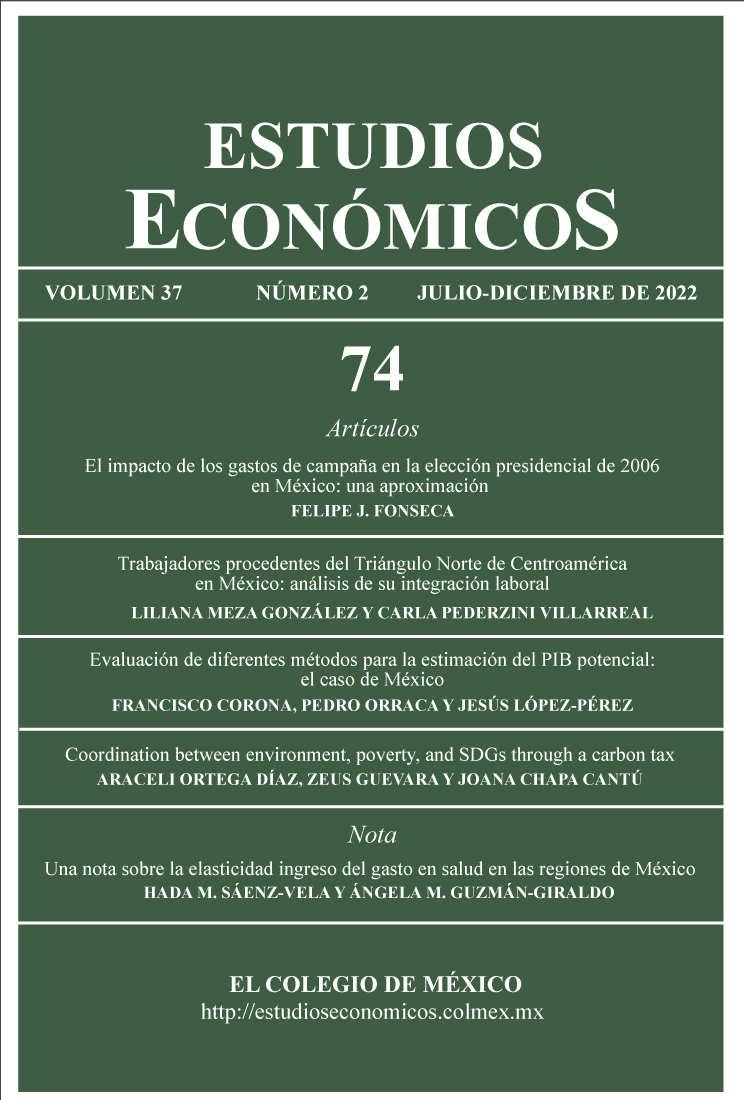The impact of the campaign spending on the 2006 presidential election in Mexico: An approximation
Published 2022-07-13
Keywords
- campaign expenses,
- strategic marketing effects,
- presidential election
How to Cite
Abstract
With data at the level of the 300 electoral Mexican districts, we analize the impact of campaign spending on the 2006 presidential election. Due to the lack of information, we suggest an approximation through the campaing spendings made in the campaigns for Federal Deputies. Among the main results, the PAN candidate had the greater electoral profitability, especially in mass media, while for the PRD candidate the item of land campaign spending had the major impact. Considering static strategic effects, the campaign spending of the PAN subtracted votes from the PRD candidate, but no statistical evidence of the opposite effect was found. Moreover, the results indicate a low electoral profitability of the PRI expenditures, as well as interesting strategic effects of the campaign spending of the New Alliance and Social Democratic Alternative parties.

